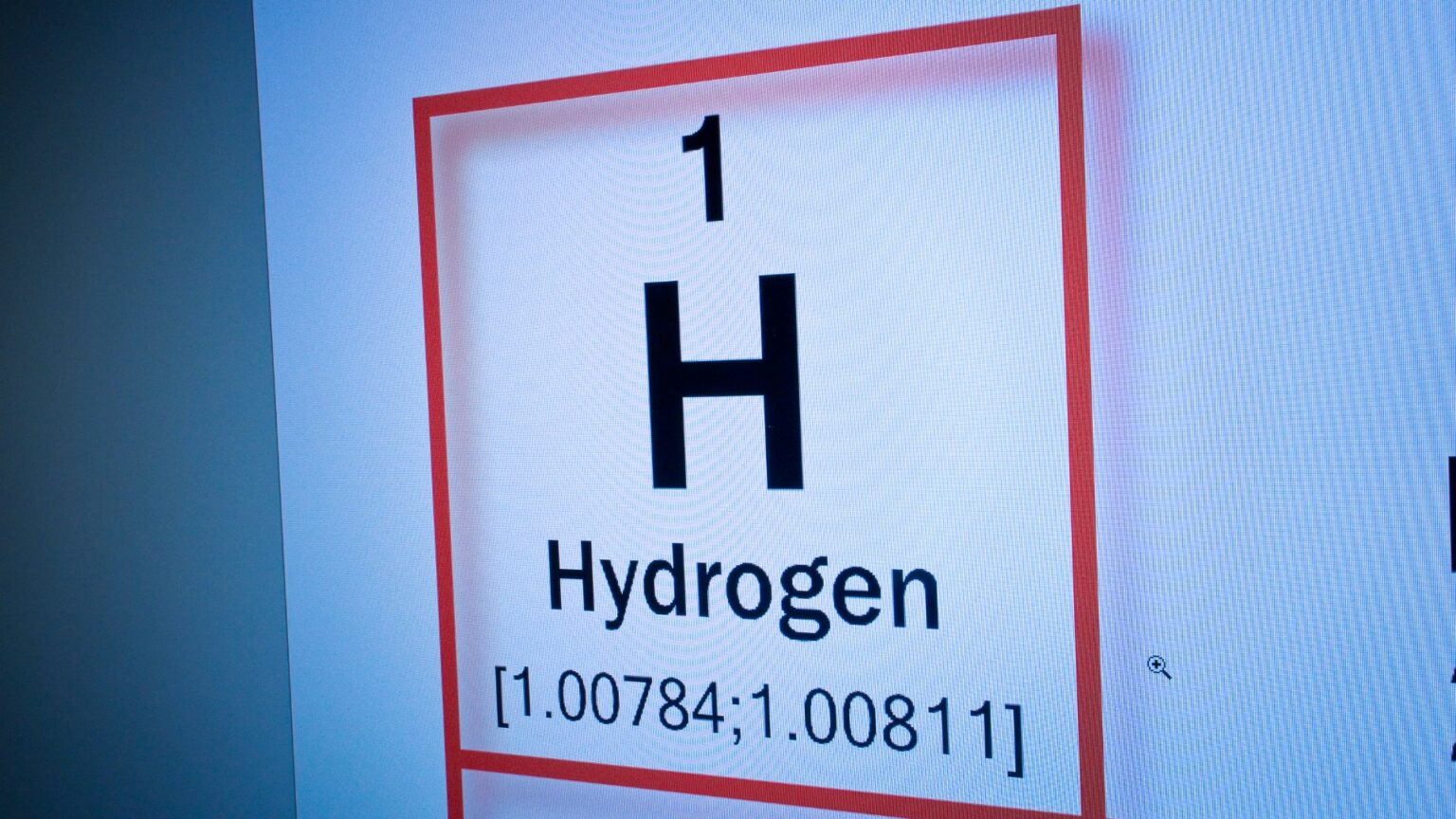AustriaEnergy International GmbH has submited the environmental impact assessment (EIA) for what is touted as Chile’s largest project in hydrogen sector.
The project, with an estimated investment of $11 billion, includes a seawater desalination plant, a 1.4 gigawatt onshore wind farm with 194 turbines, and facilities for producing green hydrogen and ammonia. The first phase aims to produce 270,000 tonnes of hydrogen annually, converted into 1.3 million tonnes of ammonia. Completion is expected by the first half of 2027, with operations beginning in the second half of 2030. The second phase includes an additional 2.1 gigawatt wind farm, with the EIA submission planned for the first quarter of 2026.
The project is a joint venture between AustriaEnergy (24.5%), ÖKO Wind (24.5%), and Copenhagen Infrastructure Partners (CIP; 51%). AustriaEnergy is responsible for site development, while CIP will finance and manage the construction phase. The project’s financing involves a secured 8% Green Bond, listed on the Frankfurt Stock Exchange, to attract investors.
The submission of the EIA is a crucial step, but it does not guarantee the project’s environmental sustainability. The large-scale desalination plant and extensive wind farm will have significant ecological footprints, including potential impacts on marine life and local ecosystems. Moreover, the project’s reliance on green hydrogen and ammonia production raises questions about the efficiency and environmental benefits compared to traditional energy sources.
While the project’s scale and investment volume are impressive, the economic viability remains uncertain. The green hydrogen sector is still in its nascent stages, with high production costs and technological challenges. The projected timeline and financial returns hinge on favorable market conditions and technological advancements that are not guaranteed. The reliance on green bonds to secure funding also presents investment risks, especially considering the minimum subscription requirement of €10,000, which may deter smaller investors.
